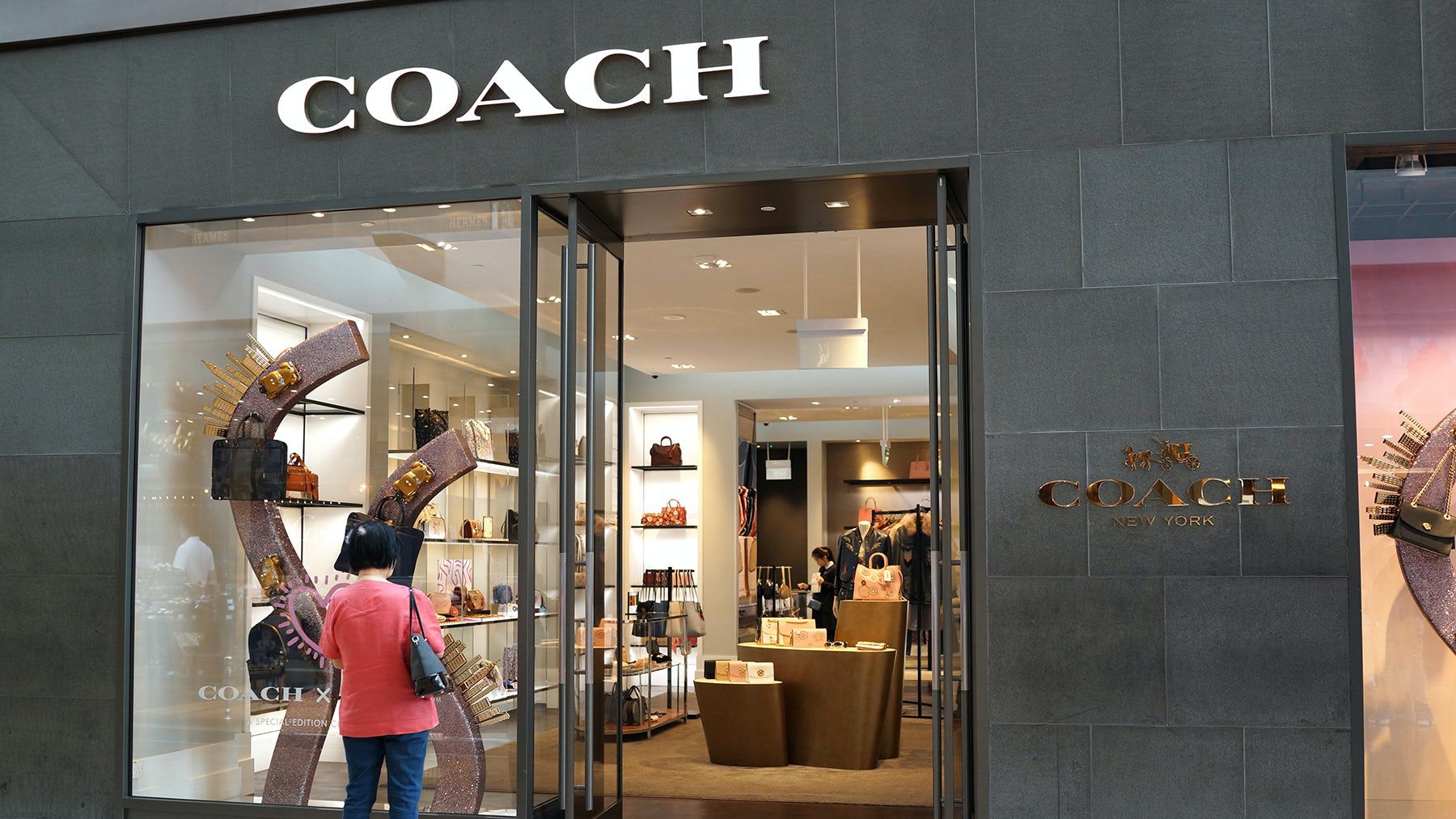
Tapestry Inc raised its annual profit forecast on Thursday, betting that price increases, strong demand for its Coach handbags and a sharp rebound in China would shield it from a wider slowdown in US luxury purchases.
Shares of the company rose about 8 percent as it also surpassed market estimates for third-quarter results, with a 20 percent jump in China revenue after lockdowns lifted in the major luxury market.
Tapestry’s gross margin improved to 72.8 percent from 69.9 percent last year.
“It’s almost outstanding when you think about what a lot of others are saying in retail right now,” Edward Jones analyst Brian Yarbrough said, adding that investors were more nervous about a potential earnings miss and lowered outlook.
Fashion houses ranging from LVMH to Gucci owner Kering have reported a slowdown in US demand as consumers paused a post-pandemic splurge on leather goods and jewellery.
Credit-card data from Citi had also shown that US luxury spending in March fell to the lowest monthly rate in nearly three years, but Tapestry managed to outperform as its Coach handbags — which typically sell for less than $1,000 — attracted more Gen Z and millennial consumers.
It added 400,000 new customers in North America — its biggest market — while spending per customer also increased.
Still, trends softened heading into April, with chief executive officer Joanne Crevoiserat flagging “a more cautious consumer”. Tapestry expects a mid-single-digit decline in fourth-quarter North America sales.
It also tightened inventories significantly, with end-quarter levels just 2 percent above last year. Yarbrough said the levels are now in good shape and not at risk of missing out on demand.
Tapestry now expects fiscal 2023 per-share earnings of $3.85 to $3.90, compared with $3.70 to $3.75 estimated earlier. The company also raised its annual revenue forecast to near $6.7 billion, from about $6.6 billion.
By Deborah Sophia; Editor Devika Syamnath
Learn more:
Coach Tests ‘Circular’ Coachtopia Sub-Brand
The American accessories giant says the line will serve as lab to develop new design and production models, starting with a capsule that features patchworked products made from manufacturing scraps. How the project will scale remains unclear.



